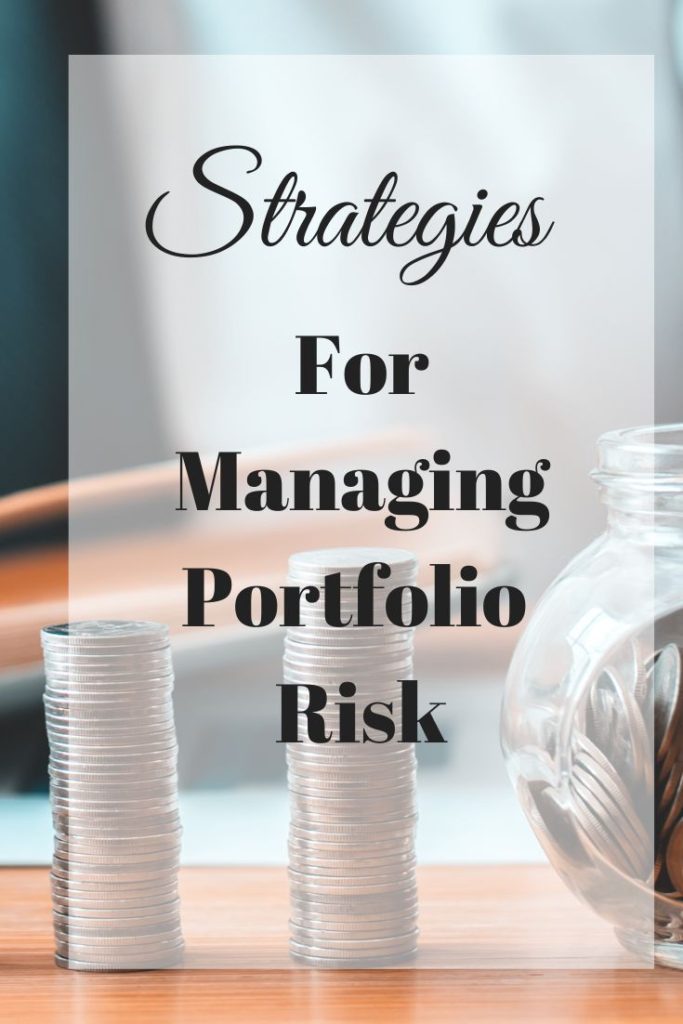
This is a Contributed Post
STRATEGIES FOR MANAGING PORTFOLIO RISK
There is no investment plan without a certain amount of risk. How much risk you are willing to cope with differs between investors. Typically, if you are considering an investment portfolio for the first time, you are likely to be cautious and have low-risk tolerance.
Seasoned investors and those who can afford to make a loss without affecting their financial stability have a high tolerance for risks.
But the real question you want to ask when it comes to managing portfolio risk is not how much risk one can safely handle but who determines the risks you face. Indeed, there will be a variety of risks on the way when you start building an investment portfolio. But being in a position to recognise these risks is not something that most new investors can do. So whose job is it to tell people about the risk of their investment portfolio? The answer varies depending on the type of portfolio you have and your attitude towards risks.
The Correlation Between Emotion and Money
Picture the situation. You have stock investments, and suddenly you notice that your stocks are falling. What is your primary reaction?
Experienced investors may have already considered the possibility of fluctuations in the market. They are prepared for it and will hold onto their stocks. They sell for a profit only once the stocks have regained their value. But a lesser experienced investor may be prone to panic and sell at a loss. Therefore, rule number one when you have an investment portfolio is to control your emotions. Letting your emotions get the better of you will lead to significant losses that you may not be able to recover.
If emotions tend to get in the way, it’s worth considering therapy to help manage stress in times of need. Indeed, emotions play a huge role in money matters. Impulsive shopping, for instance, can be triggered as an emotional response to a stressful situation. Similarly, impulsive investment decisions can follow the same principle.
Evaluating Long-term Strategies
Have you heard of paraplanning jobs? A paraplanner works hand-in-hand with financial advisors to provide an analytical review of people’s financial circumstances. For example, financial advisors collect information regarding their customers’ income, expenses, financial objectives, etc. On the other hand, a paraplanner will consider whether investment recommendations are still accurate for a customer by monitoring their exposure to financial risks.
Political and Economic Knowledge
Political changes and instability in a country can significantly affect your investment returns. Political risks can come in different sizes and shapes, such as government decisions affecting trades or even the way businesses choose to react to geopolitical events. The Russian-Ukrainian conflict is an example of how a political situation can impact the market. Businesses that did stop activities in Russia experienced a sudden drop in stock value. What can you do to stay up-to-date with geopolitical risks:
- Follow the news
- Read tweets and commentaries by journalists
- Read political summary and reviews
In conclusion, understanding and identifying risks in your investment strategy is much more complex than it seems. From stress management best practices to regularly updating your financial plan, successful investors never face risks without the support of experts!
YOU MAY ALSO LIKE:
10 Passive Income Ideas You Can Start Today
How to Make Money with Baked Beans Miner
27 Ways to Make Money From Home in the UK

